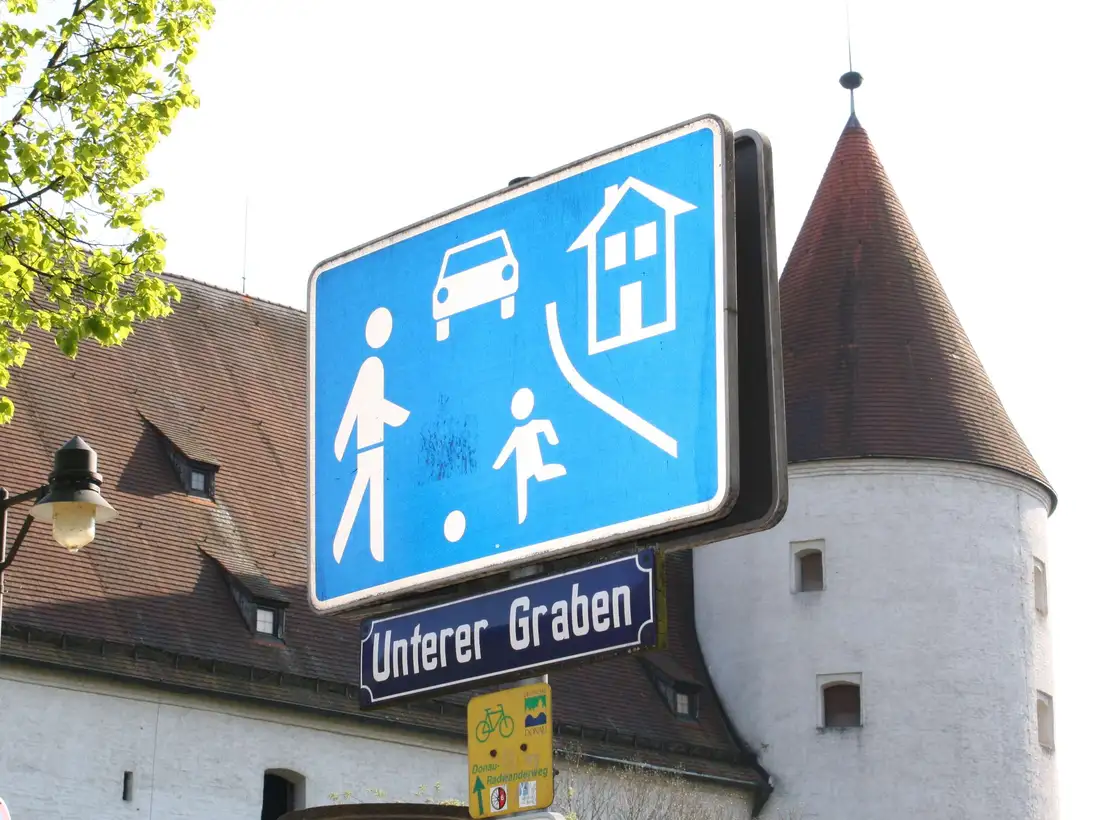Improvement of Road Safety: A Global Issue
According to World Health Organization (WHO) studies, there is a strong connection between the probability of becoming a victim of road accidents and the level of income: 90% of all fatal road accidents happen in low-income and middle-income countries that reflect in turn a share of 48% of the registered vehicles worldwide. Whereas in low-income and middle-income countries the road victims are especially unprotected road users, the most common road victims in highly developed countries are car occupants. In developing countries people belonging to socioeconomic subgroups are particularly vulnerable, bearing a high risk of being injured or dying in road accidents.
Road accidents do not only generate considerable suffering, but also enormous macroeconomic costs of about $520 billion worldwide. Injuries caused by car accidents are the second most frequent cause of death among children aged between 5 and 14 and the most frequent cause of death among young people between 15 and 29 years. For people aged between 30 and 44 such injuries are on third place on the WHO list of the most frequent causes of death after AIDS and tuberculosis. WHO estimates that ignorance could make this situation even worse and that road accidents with 2,4 billion deaths might become the fifth most common cause of death in 2030.
Europe has already shown a growing need for political and economic action in order for improving road safety. The sociopolitical approach “Vision Zero” is one of the basic principles of European transport policy. It aims at developing a error-tolerant, global road system for the long-term reduction of road deaths to zero. Professors of Ingolstadt University, who are involved in the CARISSMA project, consider that having the right to individual mobility should not represent at the same time a danger for other road users. Therefore, the global road system should be future-oriented and capable of anticipating and especially tolerating human errors.
Thus, the intensive implementation of such systems capable to detect critical situations and to assist the driver at an early stage will beome more and more important. The CARISSMA research approach will support this particular development from the very beginning by exploring integrated safety systems and developing all necessary test facilities at a very early stage. A further objective of our university is to provide the argumentative basis for political decisions in the transport area and to draw more attention to the vulnerable road users with the help of CARISSMA .


![[Translate to English:] Logo Akkreditierungsrat: Systemakkreditiert](/fileadmin/_processed_/2/8/csm_AR-Siegel_Systemakkreditierung_bc4ea3377d.webp)








![[Translate to English:] Logo IHK Ausbildungsbetrieb 2023](/fileadmin/_processed_/6/0/csm_IHK_Ausbildungsbetrieb_digital_2023_6850f47537.webp)


